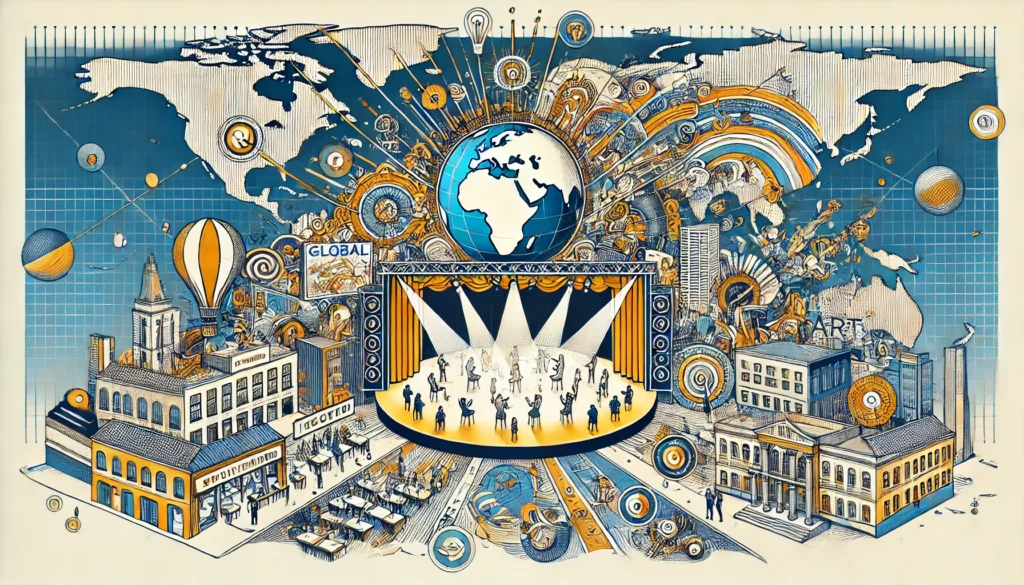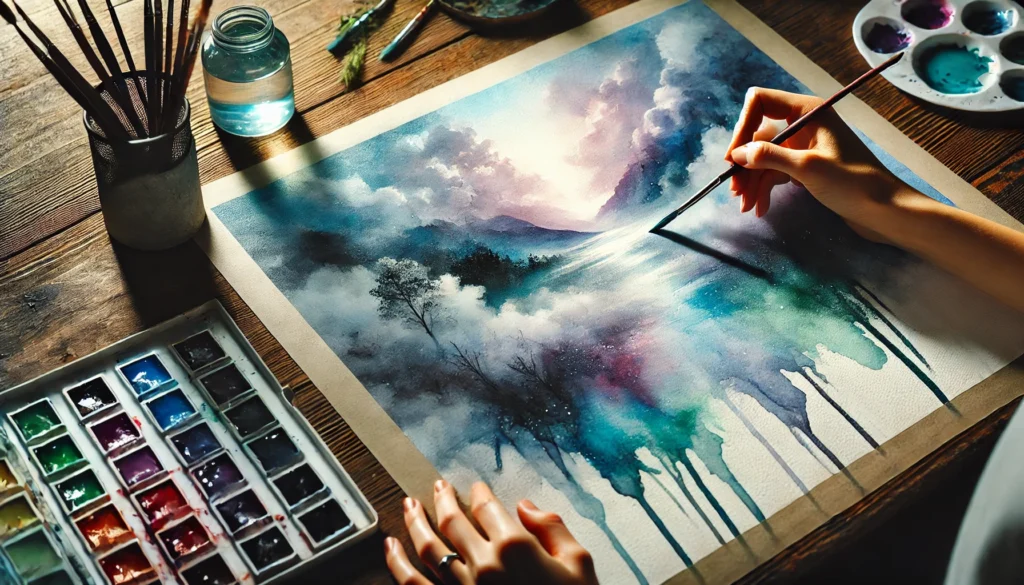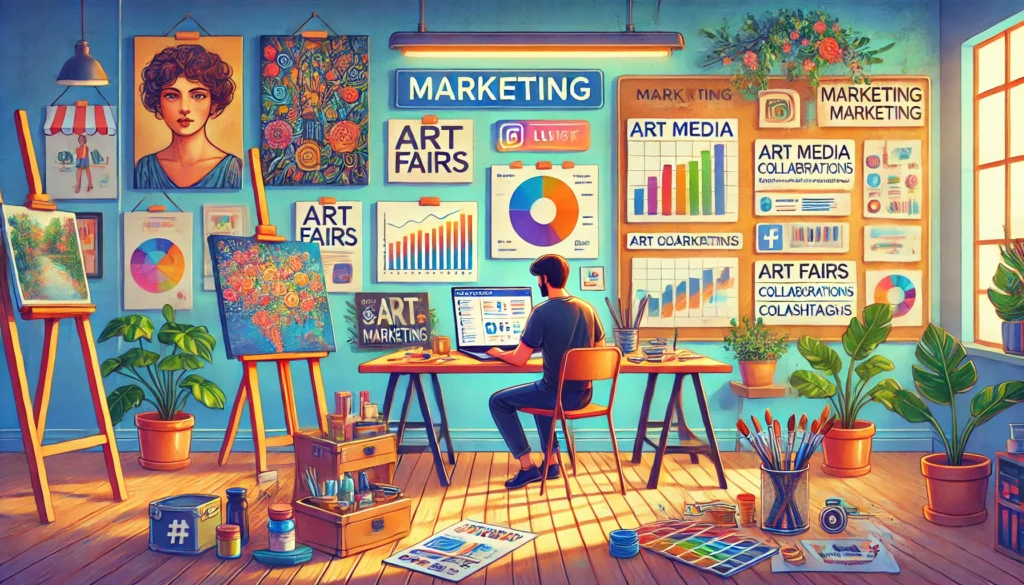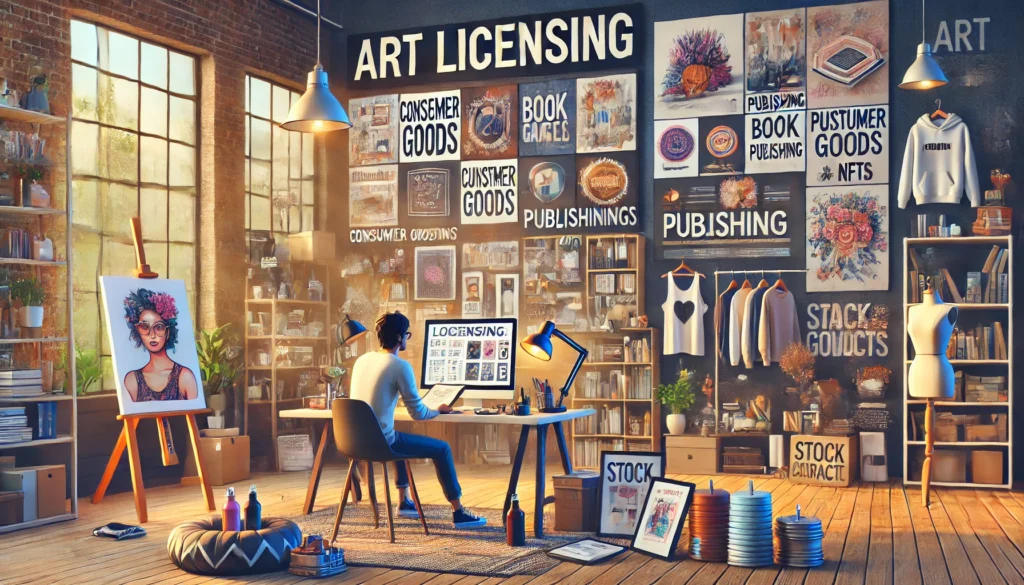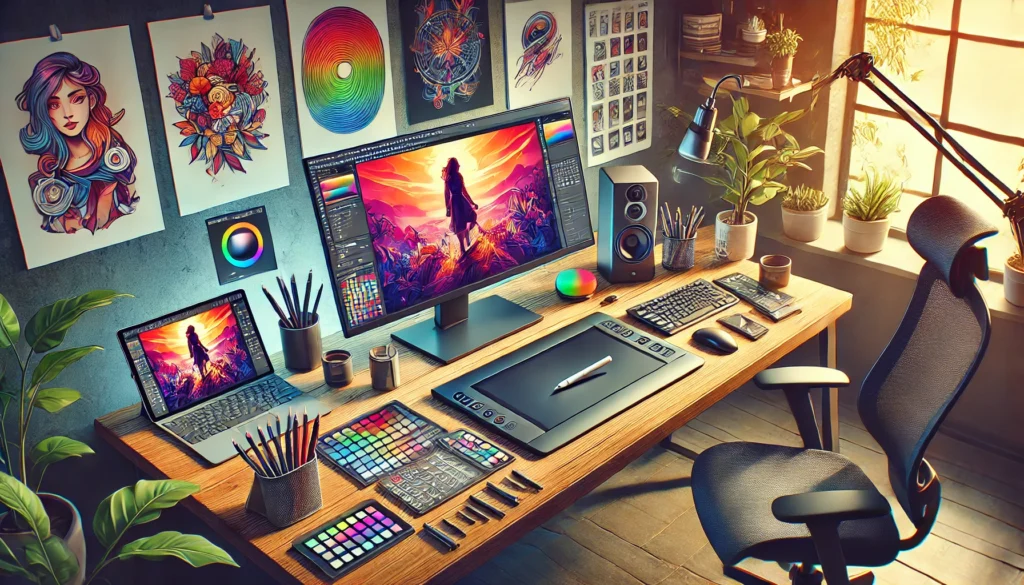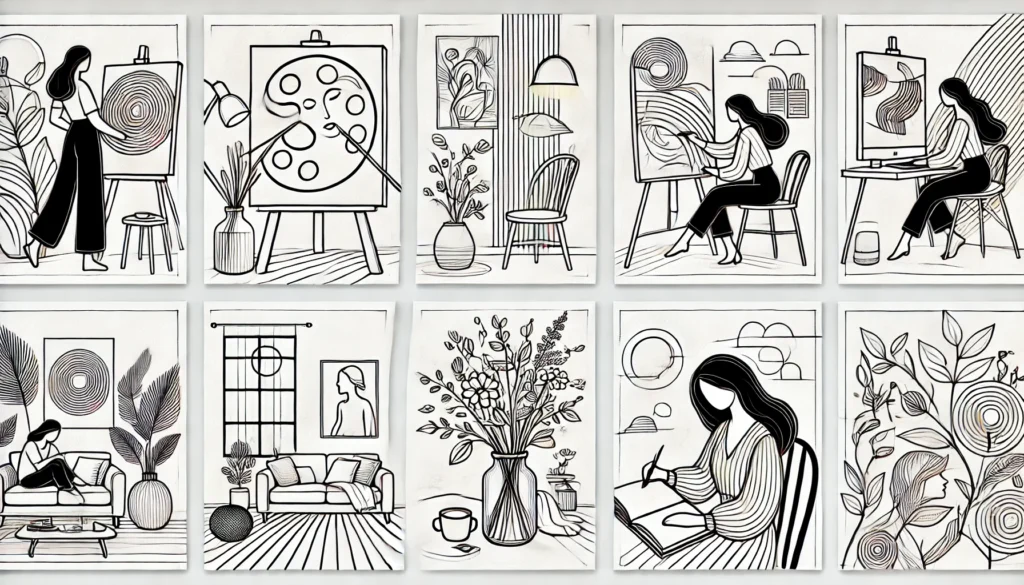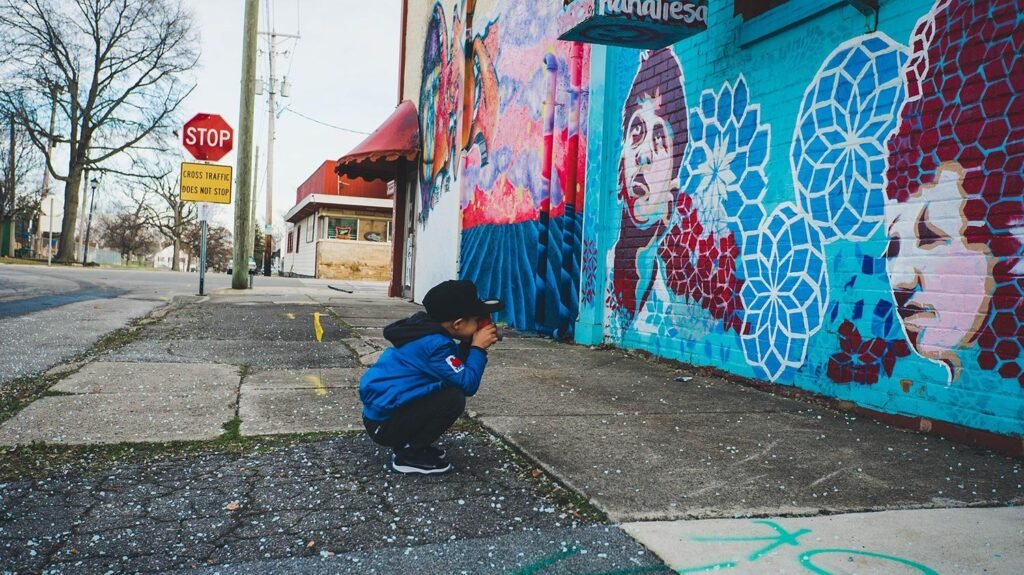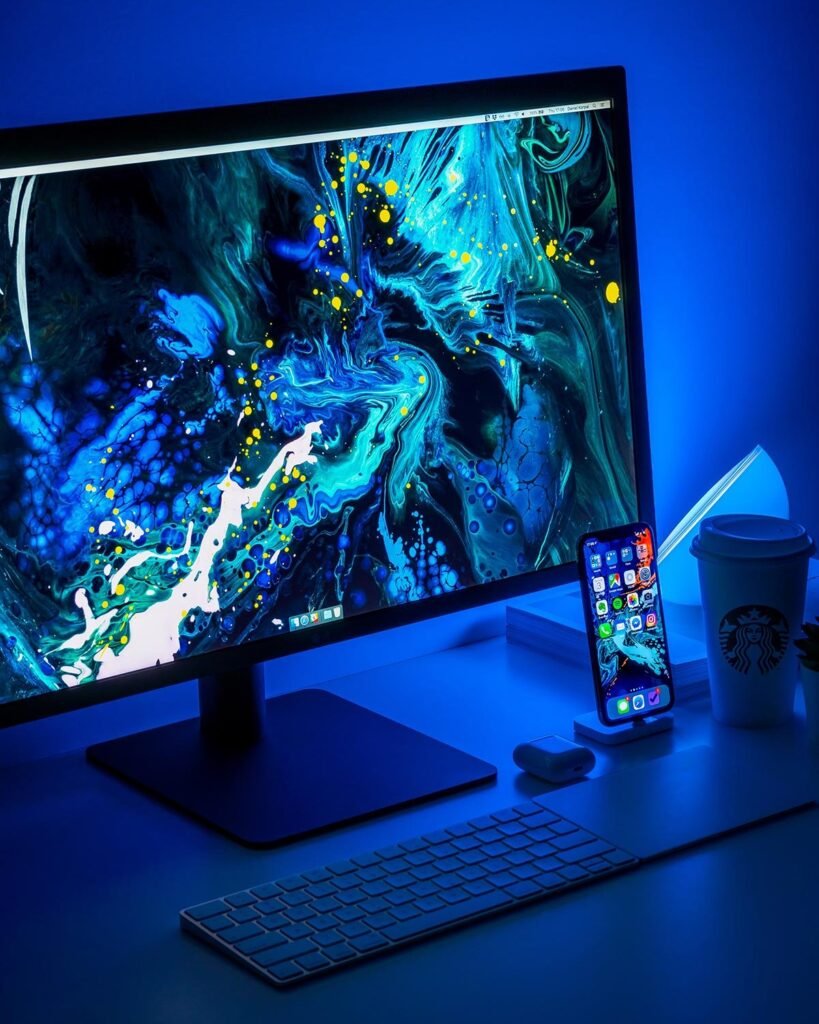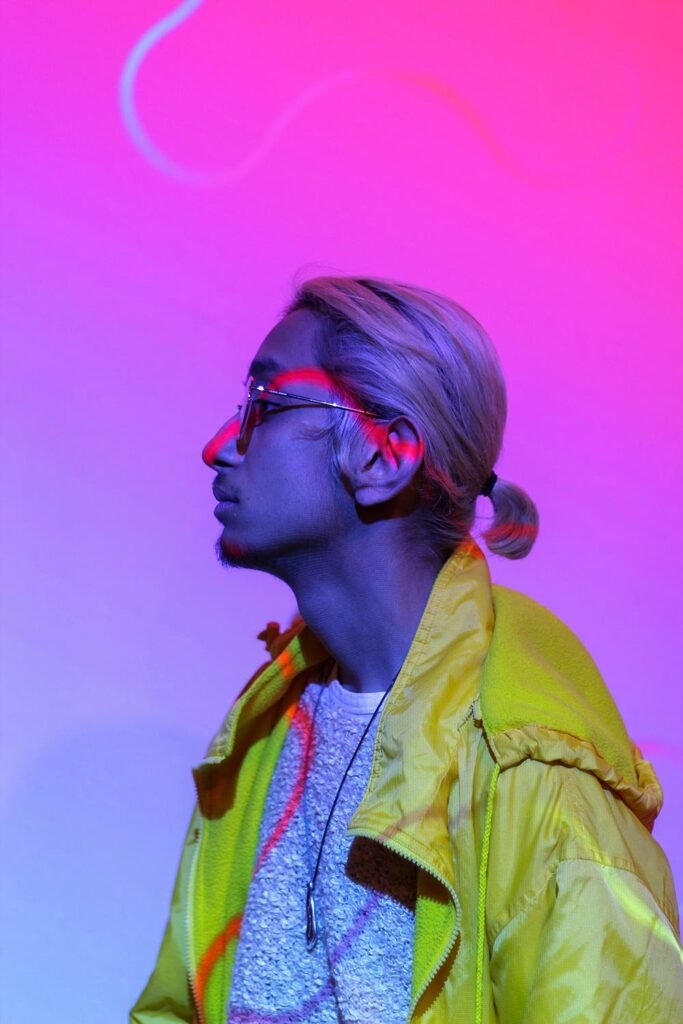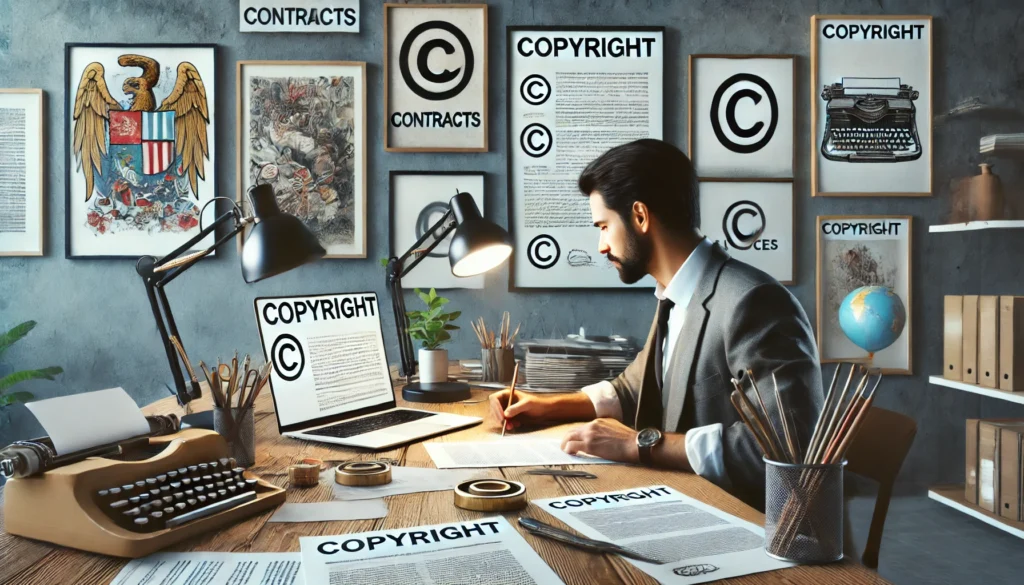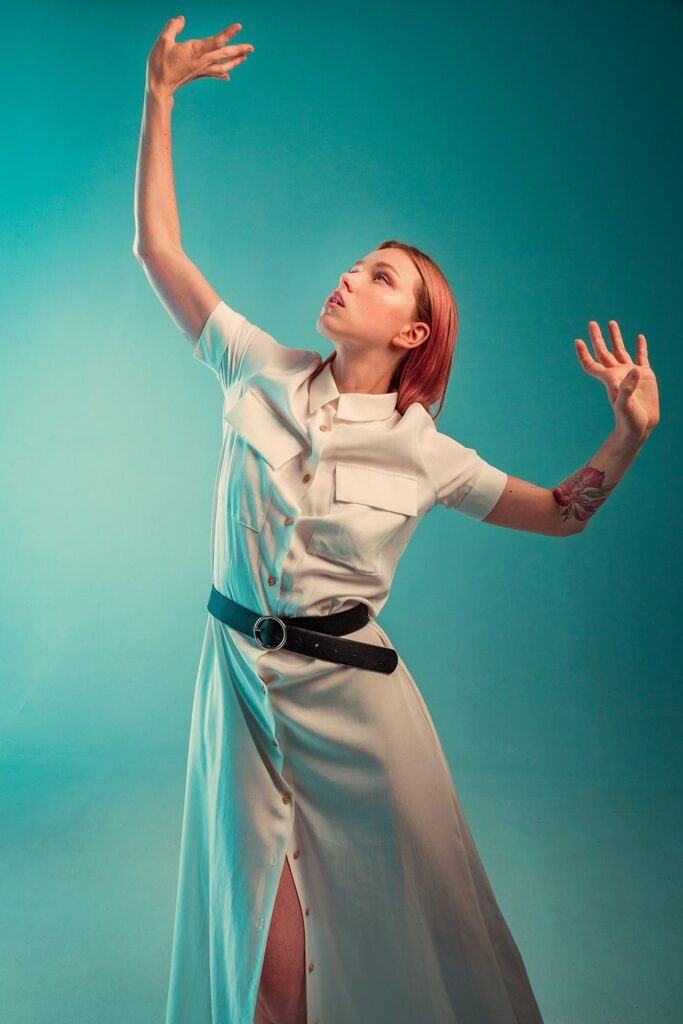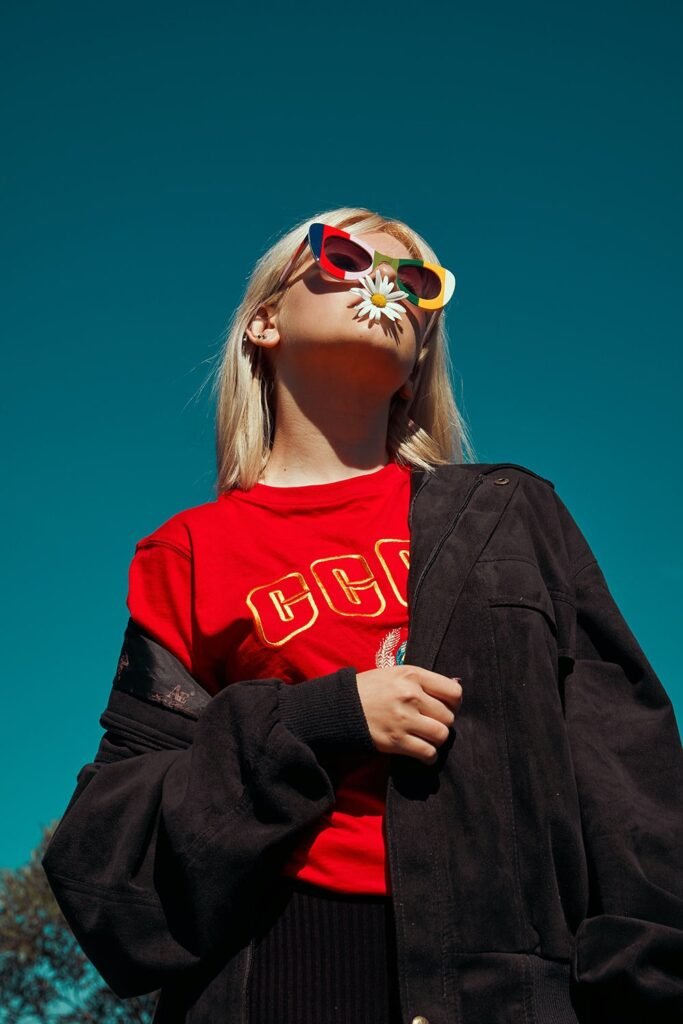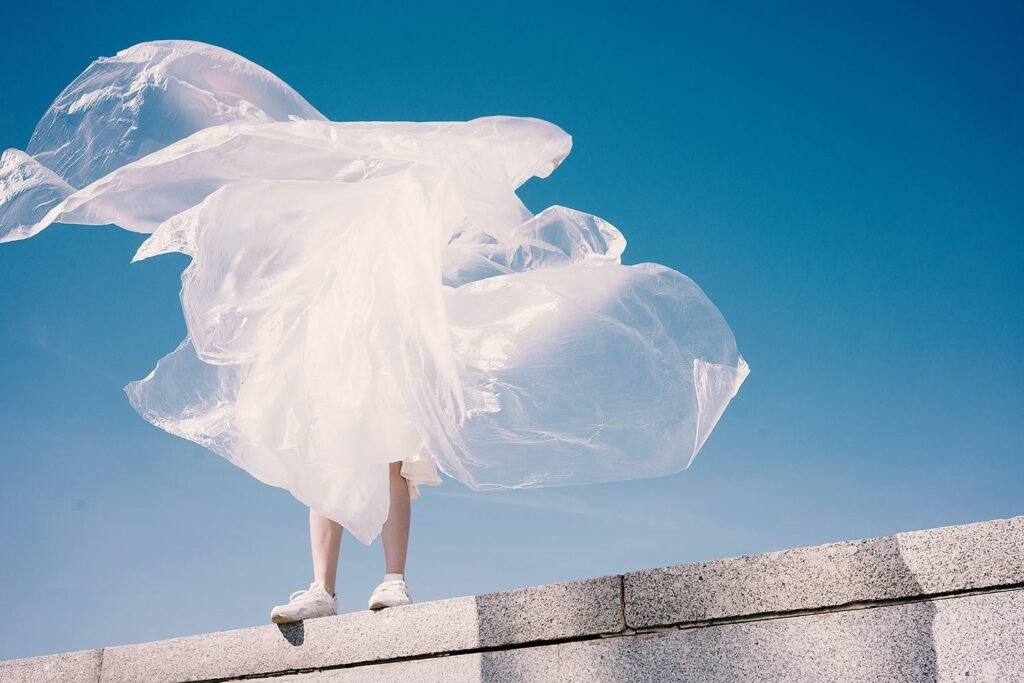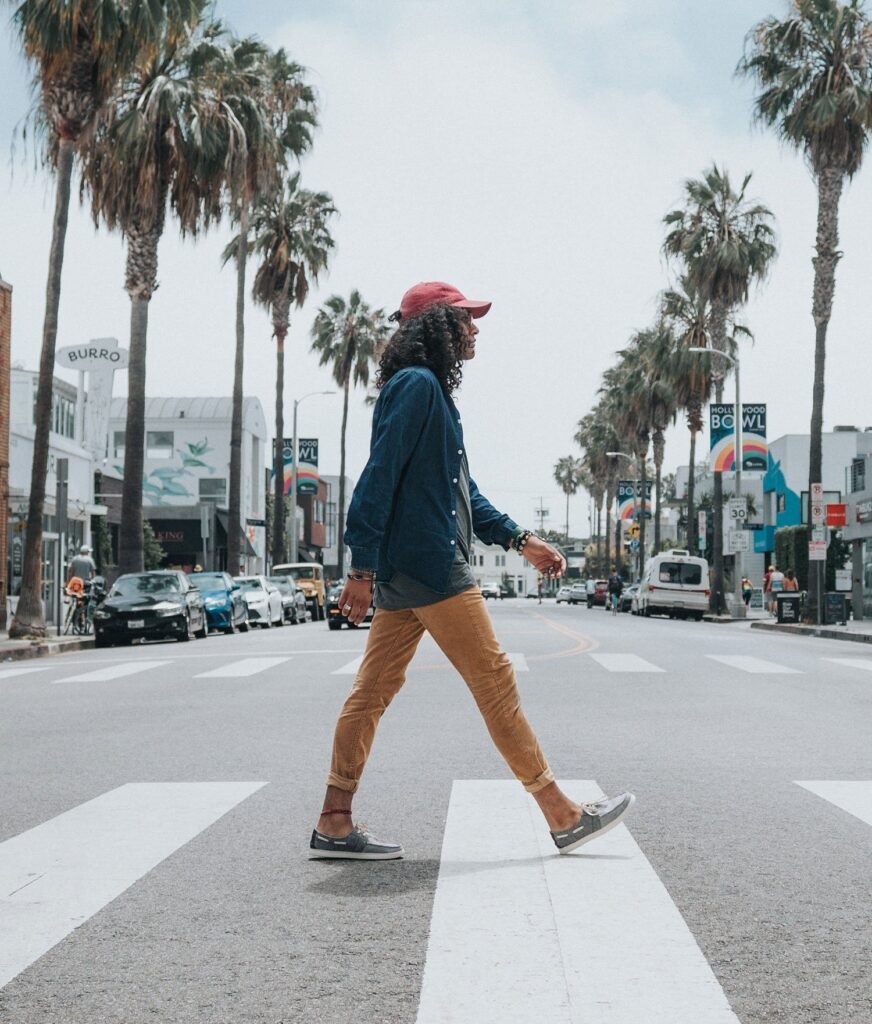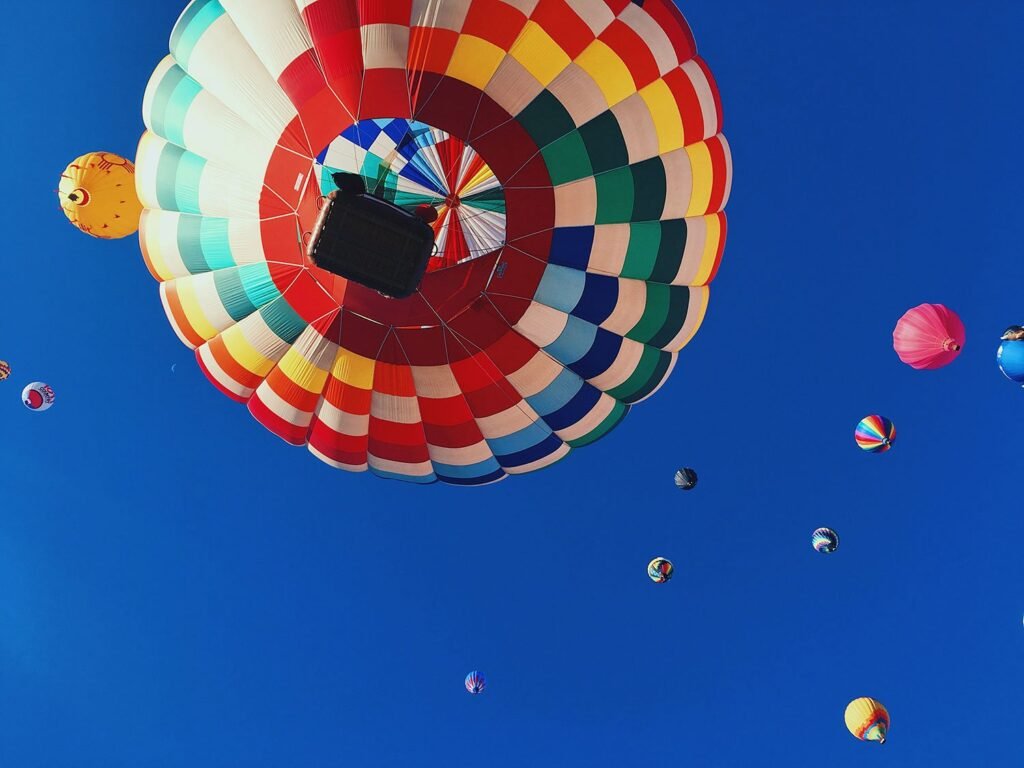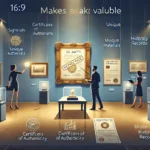Top Art Licensing Opportunities: How to Monetize Your Creativity

Art licensing is a lucrative way for artists to earn passive income by allowing their work to be used on products, media, and more. With the right strategies and opportunities, you can expand your reach and maximize your earnings. Here’s a comprehensive guide to art licensing opportunities and how to make the most of them.
What is Art Licensing?
Art licensing involves granting businesses the rights to use your artwork on their products for a specific period, usually in exchange for royalties or a licensing fee. This allows you to retain ownership of your art while earning income from its use.
1. Consumer Goods
One of the largest markets for art licensing is consumer goods. Your art can be featured on:
- Home Decor: Pillows, curtains, rugs, and wall art.
- Apparel: T-shirts, scarves, and hats.
- Accessories: Bags, wallets, phone cases, and watches.
- Stationery: Notebooks, planners, greeting cards, and calendars.
Tip: Research companies that align with your style and pitch your portfolio for collaboration.
2. Branding and Advertising
Businesses often license artwork for branding purposes. This can include:
- Logos and Packaging: Unique designs for product labels or branding materials.
- Campaigns: Artwork used in marketing or advertising campaigns.
- Web Design: Digital illustrations or patterns for websites and apps.
Opportunity: Partner with branding agencies to connect with potential clients.
3. Publishing
The publishing industry has a constant demand for licensed artwork, including:
- Book Covers: Fiction, non-fiction, and children’s books.
- Magazines: Editorial illustrations or decorative graphics.
- Educational Materials: Graphics for textbooks, workbooks, and e-learning content.
Tip: Build relationships with publishers and literary agents to access this market.
4. Digital Licensing
In the digital era, artists can license their work for:
- Stock Libraries: Submit your art to platforms like Shutterstock, Adobe Stock, or Creative Market.
- Social Media Content: Patterns and illustrations for influencers and brands.
- Video Games and Apps: Character designs, backgrounds, and assets.
Pro Tip: Focus on creating high-demand content like vector graphics, seamless patterns, or unique icons.
5. Licensing for Events
Special occasions create opportunities for art licensing, such as:
- Weddings and Parties: Custom invitations, decor, and signage.
- Corporate Events: Branded merchandise and banners.
- Seasonal Themes: Designs for holidays like Christmas, Halloween, and Valentine’s Day.
Strategy: Create collections based on popular themes and seasons.
6. Art for Films and TV
Entertainment companies often seek art for:
- Set Design: Paintings and sculptures for on-screen spaces.
- Props and Costumes: Custom artwork for movie or series props.
- Posters and Promotional Materials: Eye-catching graphics to promote shows or films.
Tip: Collaborate with production houses or join art networks catering to the entertainment industry.
7. Licensing to Corporate Spaces
Many companies decorate their offices with licensed art. This includes:
- Office Decor: Large prints or murals for lobbies and conference rooms.
- Custom Commissions: Tailored designs reflecting the company’s values.
Insight: Partner with interior design firms or corporate art consultants to explore this niche.
8. Collaborations with Product Designers
Work directly with designers to license your art for:
- Furniture: Custom patterns for upholstery or tabletops.
- Ceramics and Glassware: Unique designs for plates, mugs, or decorative items.
- Textiles: Patterns for fabrics used in clothing or interiors.
Opportunity: Approach small businesses or artisans looking for exclusive designs.
9. Educational and Institutional Licensing
Educational and nonprofit institutions often license artwork for:
- Posters and Visual Aids: Inspirational or educational imagery.
- Merchandise: Branded products for fundraising or promotional events.
Tip: Offer discounts or royalty-free options for nonprofits to build goodwill.
10. Licensing for NFTs
The rise of blockchain technology has created new opportunities for digital art licensing:
- NFT Platforms: Mint your artwork as NFTs for sale or limited-time licenses.
- Collaborations: Partner with brands exploring NFT projects.
Pro Tip: Focus on exclusive or one-of-a-kind digital pieces to maximize value.
How to Get Started with Art Licensing
- Create a Licensing Portfolio: Develop a collection of works that showcase your versatility and appeal.
- Research Target Markets: Understand the needs of industries you want to license your art to.
- Pitch Professionally: Prepare a pitch that highlights the benefits of licensing your artwork.
- Work with Licensing Agents: Agents can help connect you with businesses and negotiate deals.
- Understand Contracts: Ensure licensing agreements outline terms like duration, exclusivity, and royalties clearly.
Conclusion
Art licensing offers endless opportunities for artists to monetize their creativity while retaining ownership of their work. By exploring diverse markets, creating targeted portfolios, and building strong partnerships, you can establish a successful licensing business and reach new heights in your artistic career.













